
To implement a real economic, financial, environmental and social sustainability and be able to create shared value in response to the expectations of all stakeholders – from investors and shareholders to the territorial context and employees – the Group has adopted an integrated business model that can use all its input capital to achieve strategic objectives and create value in the short, medium and long-term.
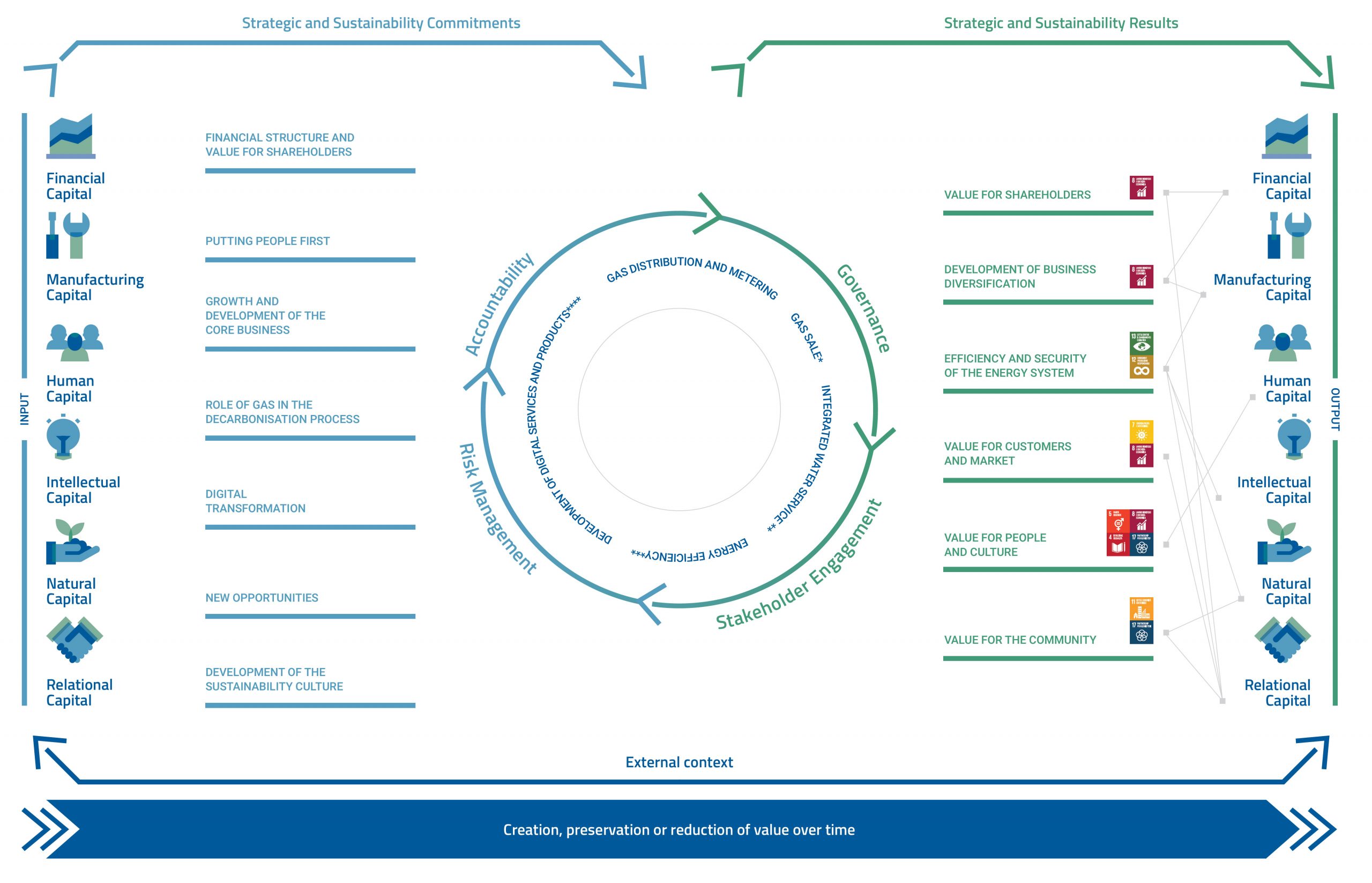
* through Gaxa ** through Italgas Acqua *** through Seaside **** through Bludigit
In the representation of the model, the input capitals correspond to the Group’s resources and distinguishing factors, such as the distribution network, know-how, people and stakeholder relations, which are used, transformed or enhanced in the various processes.

Financial Capital
Il capitale finanziario assicura Financial capital guarantees the cash flows needed to ensure investments, infrastructure management and achievement of the growth and diversification goals.

Manufacturing Capital
Manufacturing capital is made up of the Group’s assets.

Human Capital
Human capital is made up of all the people at Italgas and their skills, knowledge and experience.
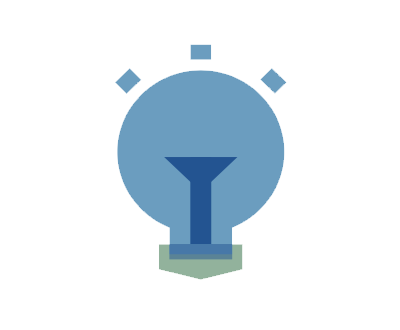
Intellectual Capital
Intellectual capital is made up of company know-how, company processes and systems enabling optimum management of business activities.
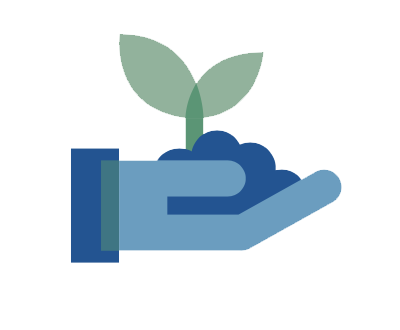
Natural Capital
Natural capital consists of the environmental resources used by the Group to carry out its activities, including the environmental resources themselves, such as natural gas, which enable the Group to provide the service.
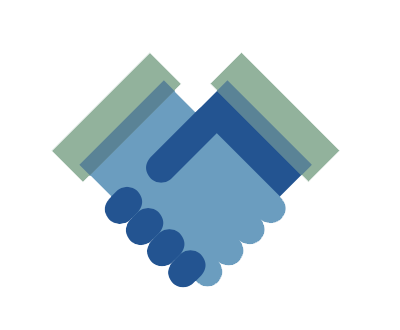
Relational Capital
Relational capital consists of the relations built and preserved by Italgas within the community and with its reference stakeholders.
The 2021-2027 Business Plan and the Sustainability Plan of the Italgas Group, also on the basis of the input capital, constitute the main guidelines along which the Italgas Group works:
Sustainability:
The operations of the Italgas Group are also included in the business model. Below are the key processes of these operations:
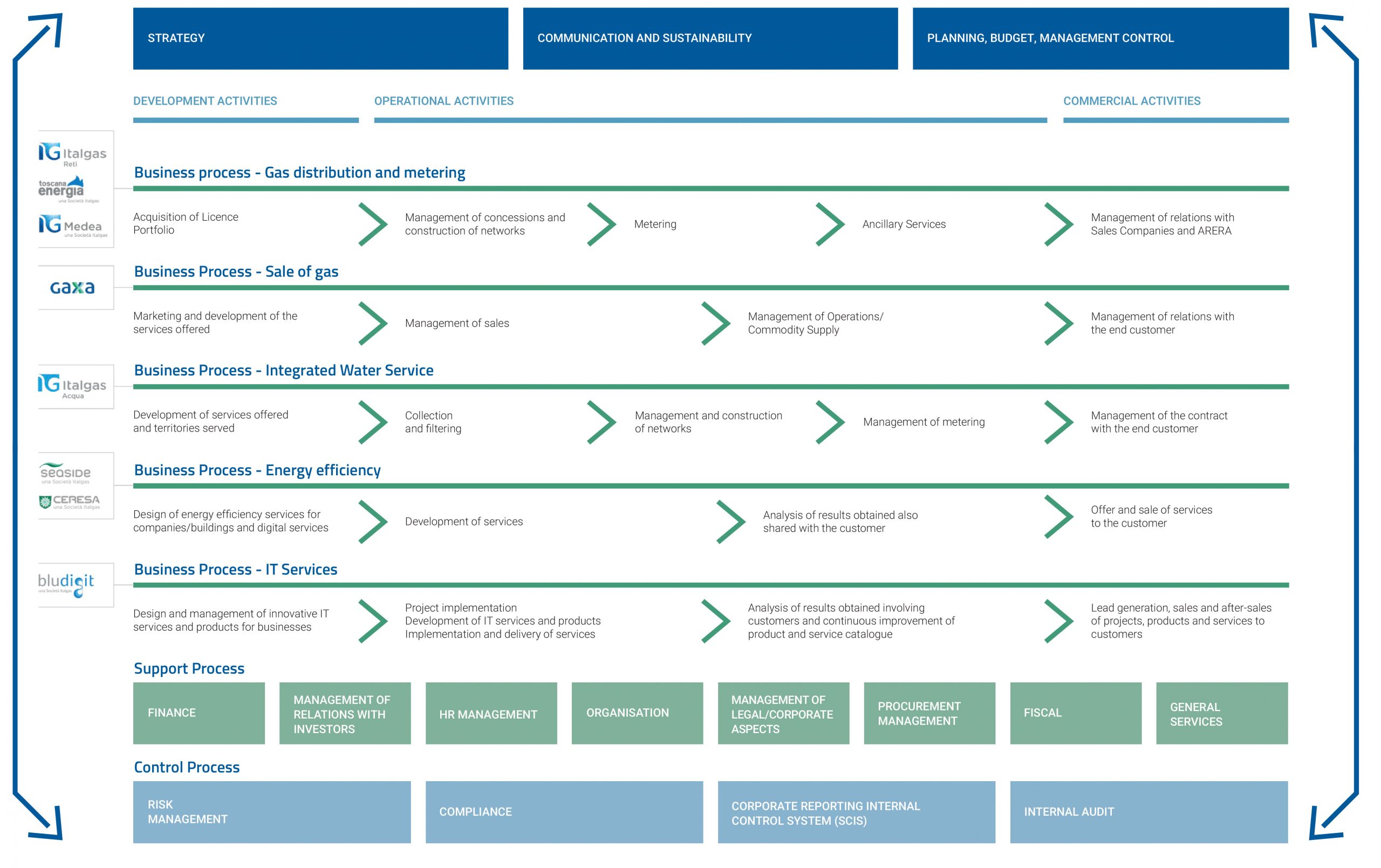
*In the case of the value chain for the energy efficiency process, commercial activities take place before operations.
Responsible governance, stakeholder engagement, risk management and accountability are key, essential elements of all the above activities and processes (see “Governance, risks and opportunities” section).
Lastly, the model shown includes the Strategic and Sustainability Results, detailing the United Nations Sustainable Development Goals (SDGs) of reference and the link to the output capitals, which represent the impacts generated by the Group’s business.